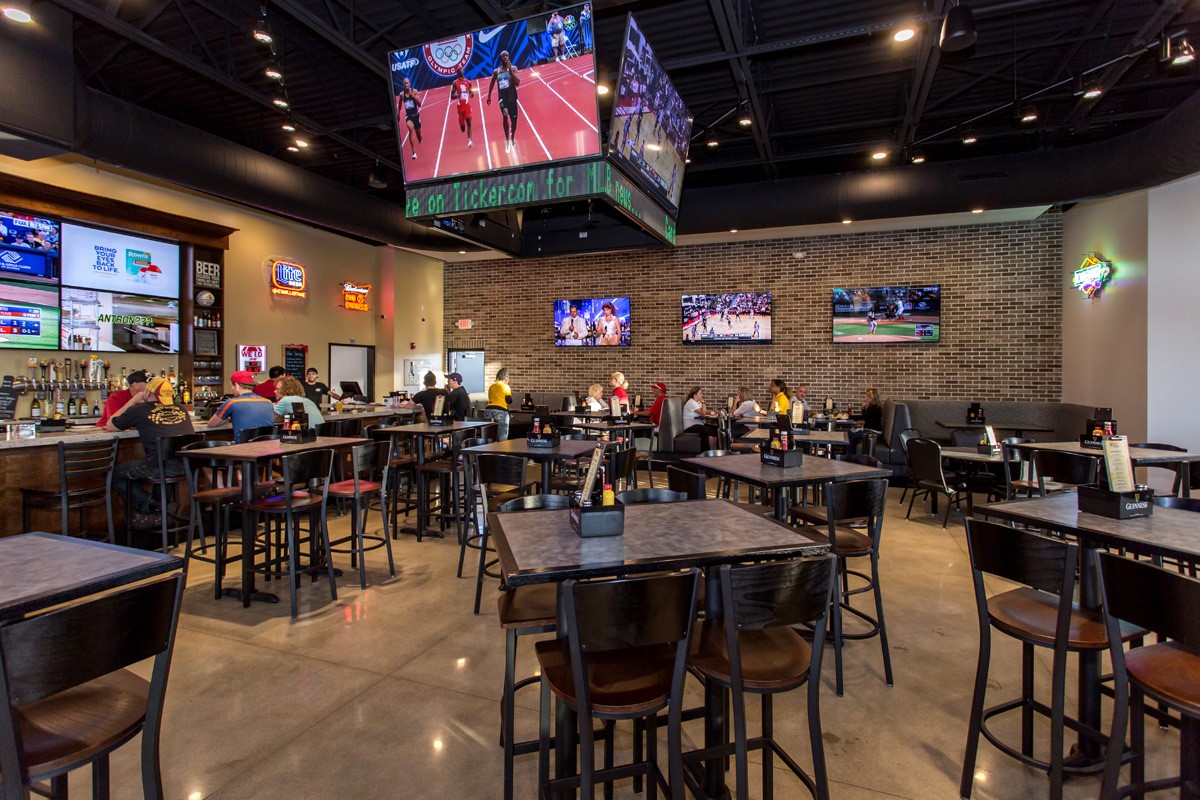Harmonizing Legacy Systems utilizing Cutting-Edge Sound Networking Solutions for Improved Efficiency as well as Adaptability.
Harmonizing Legacy Systems utilizing Cutting-Edge Sound Networking Solutions for Improved Efficiency as well as Adaptability.
Blog Article
In the current fast-paced landscape of sound technology, the requirement to improve efficiency and flexibility in audio solutions is more important than ever. Many entities and venues still depend on legacy systems, which are older solutions that may fail to have the features of modern devices. Nevertheless, harmonizing these outdated systems with cutting-edge audio communication solutions can lead to substantial enhancements. Sound networking allows for better communication between devices, making it simpler to manage and operate sound throughout various areas.
A of the key benefits of integrating outdated systems with modern sound communication is enhanced flexibility. Traditional sound systems often require complicated wiring and restricted routing choices. With audio communication technologies like Dante or AVB, sound transmissions can be sent over conventional Ethernet connections. This implies that operators can readily connect multiple devices without the requirement for extensive rewiring. Regardless in a concert hall, a school theater, or a business event, this adaptability allows for rapid adjustments and changes to the sound configuration without significant delays.
Performance is a further major factor that enhances when older technologies are upgraded with up-to-date networking solutions. Legacy technologies may struggle to provide superior sound, especially in bigger venues or in complex occasions. By implementing sound networking, organizations can take advantage of advanced capabilities such as low delay, synchronization, and digital signal processing. These advancements help guarantee that audio is distinct and uniform, enhancing the complete quality for listeners and performers alike. This transition can create a marked impact in the way sound is experienced in different settings.
Moreover, harmonizing high definition audio video solutions outdated systems with contemporary technologies can lead to financial benefits in the extended term. While upgrading to novel devices may necessitate an initial investment, the effectiveness gained through audio communication can lower upkeep costs and minimize the need for ongoing repairs. Furthermore, networked systems often need less physical space than conventional installations, which can save on real estate expenses in locations. Entities can allocate resources more effectively, utilizing the savings they save to allocate resources in additional important fields.
Finally, training personnel on how to operate combined technologies becomes simpler with sound communication. Many modern sound networking systems come with intuitive controls and distant control features. This means that including those who may not significant technological knowledge can learn to operate and control the sound systems efficiently. Educational programs can be developed around these solutions, empowering personnel to manage and diagnose technologies with confidence. By combining the old with the new, organizations can create a more competent and knowledgeable team, in the end leading to improved audio experiences for everyone concerned.